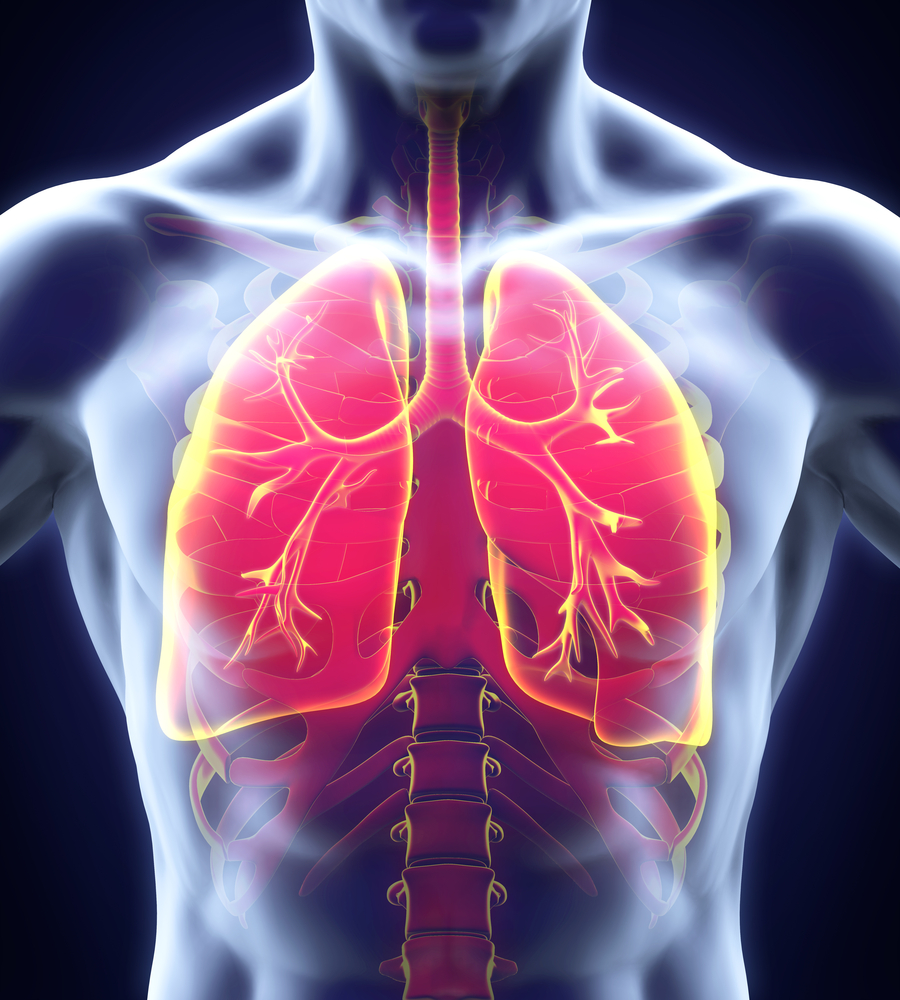Metastatic Cancer Complications Can Cause Acute PAH, Sudden Death According to Case Study

Acute pulmonary arterial hypertension can result from metastatic cancer complications. Pulmonary tumor thrombotic microangiopathy (PTTM), which is one of these complications, occurs in 1.4% of patients who die of cancer, and death is due to right heart strain and cardiorespiratory arrest. Unfortunately, PTTM is difficult to diagnose in patients, as the rate of clinical decline is rapid, and patients typically die within hours to days of the first signs of pulmonary arterial hypertension.
“We report a case of a young woman who presented with dyspnea and was initially felt to have pulmonary sarcoidosis,” stated the authors of a recent case study on a patient who fell ill to pulmonary arterial hypertension as a complication of widespread tumor emboli. “However, she rapidly deteriorated and died eight days later.”
The authors of “The Diagnostic Challenge of Pulmonary Tumor Thrombotic Microangiopathy As a Presentation for Metastatic Gastric Cancer: A Case Report and Review of the Literature,” which was published in BMC Cancer, had to unravel a complex case to make the final post mortem diagnosis of tumor emboli. The patient, a 41-year-old woman with progressive dsypnea, was originally admitted with a complaint of deteriorating exercise tolerance and treated with oral steroids.
Although her symptoms improved initially, she needed a more extensive exam with postero-anterior chest radiography. During this exam, the patient was given dalteparin to make her blood vessels opaque on the radiograph. There were no signs of suspiciously inadequate filling of her pulmonary arterial tree that feeds blood into the lungs, although she showed tiny soft tissue nodules in the radiograph. This led to a diagnosis of sarcoidosis.
Accordingly, the patient needed to return to the doctor for an outpatient bronchoscopy. However, when she was readmitted for the bronchoscopy (eight days after her first admission), her condition had significantly worsened, and she experienced sudden cardio-respiratory arrest and could not be resuscitated.
Such a sudden death came as quite a shock. When doctors were identifying the cause of death, they discovered the distinct signs of PTTM: widespread tumor emboli within partitions of the blood vessels in the lungs. The patient did not know she had cancer, and the onset of symptoms was so sudden that the doctors were not aware of the possibility of PTTM.
Clearly, more understanding is needed in order to prevent sudden death due to PTTM-induced pulmonary arterial hypertension in order to suggest proper modes of treatment.







